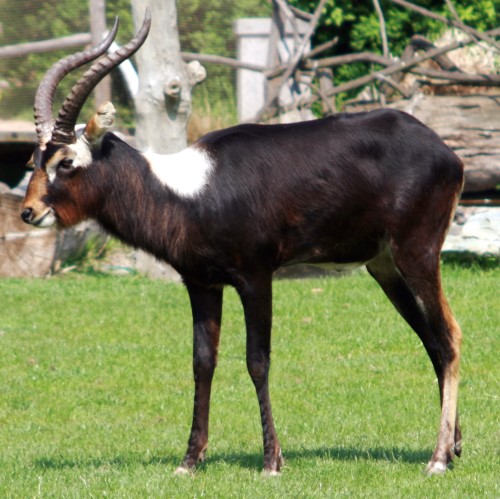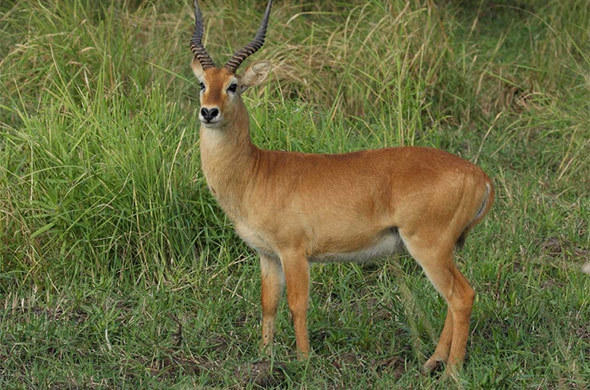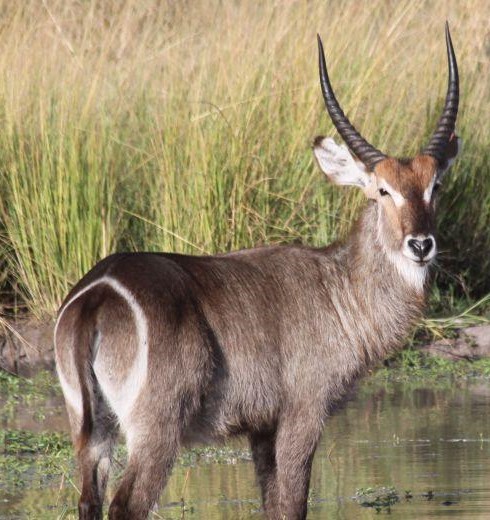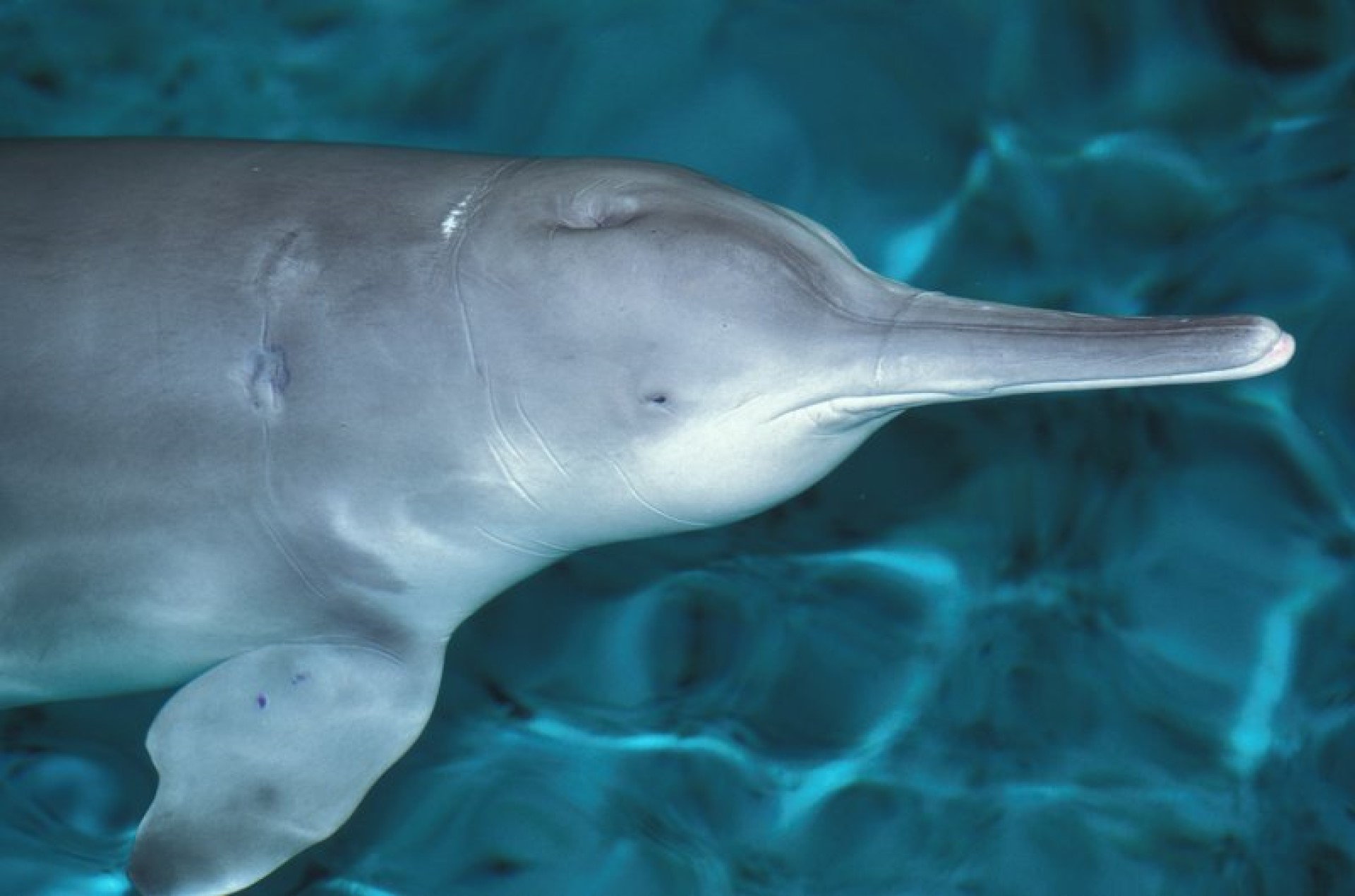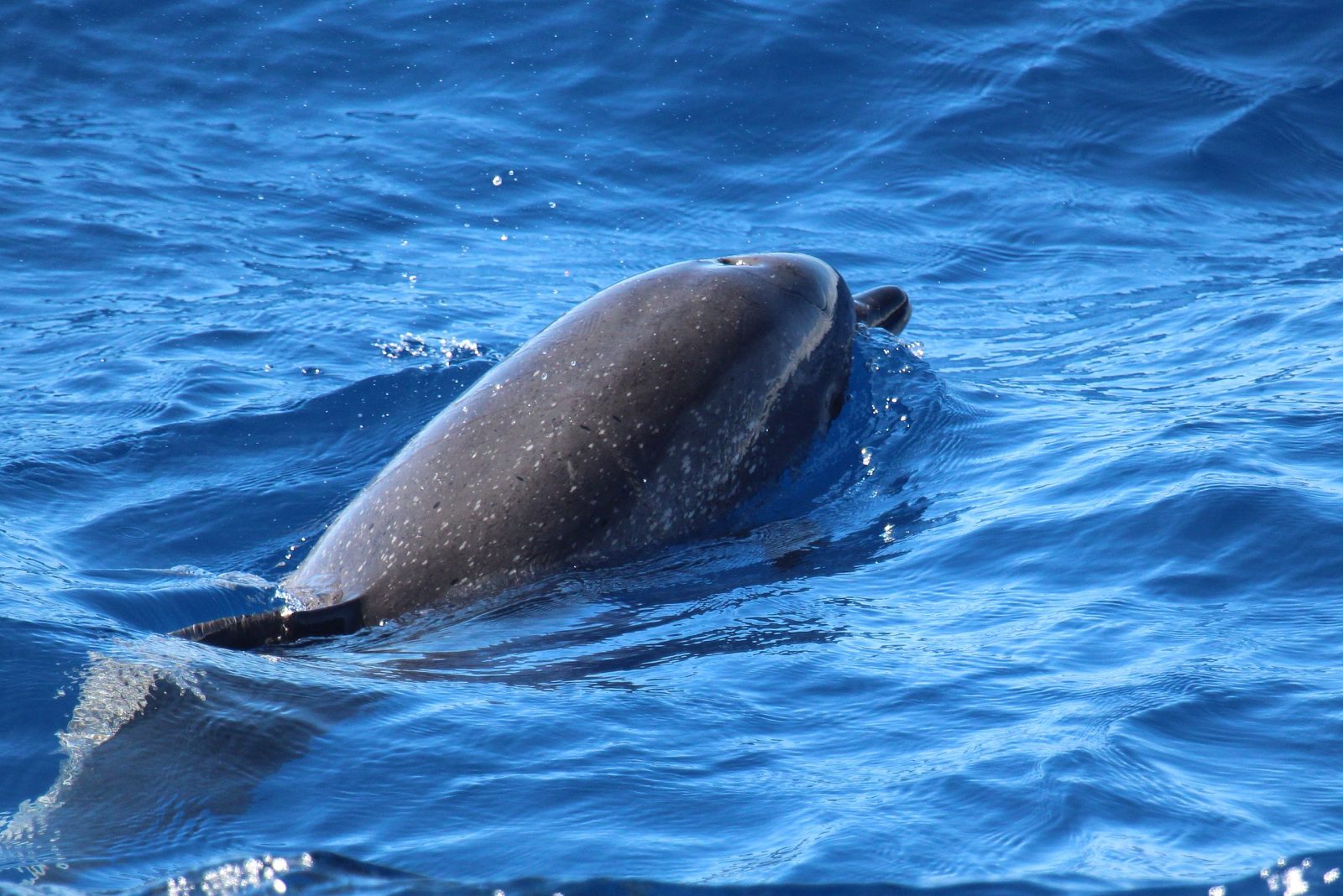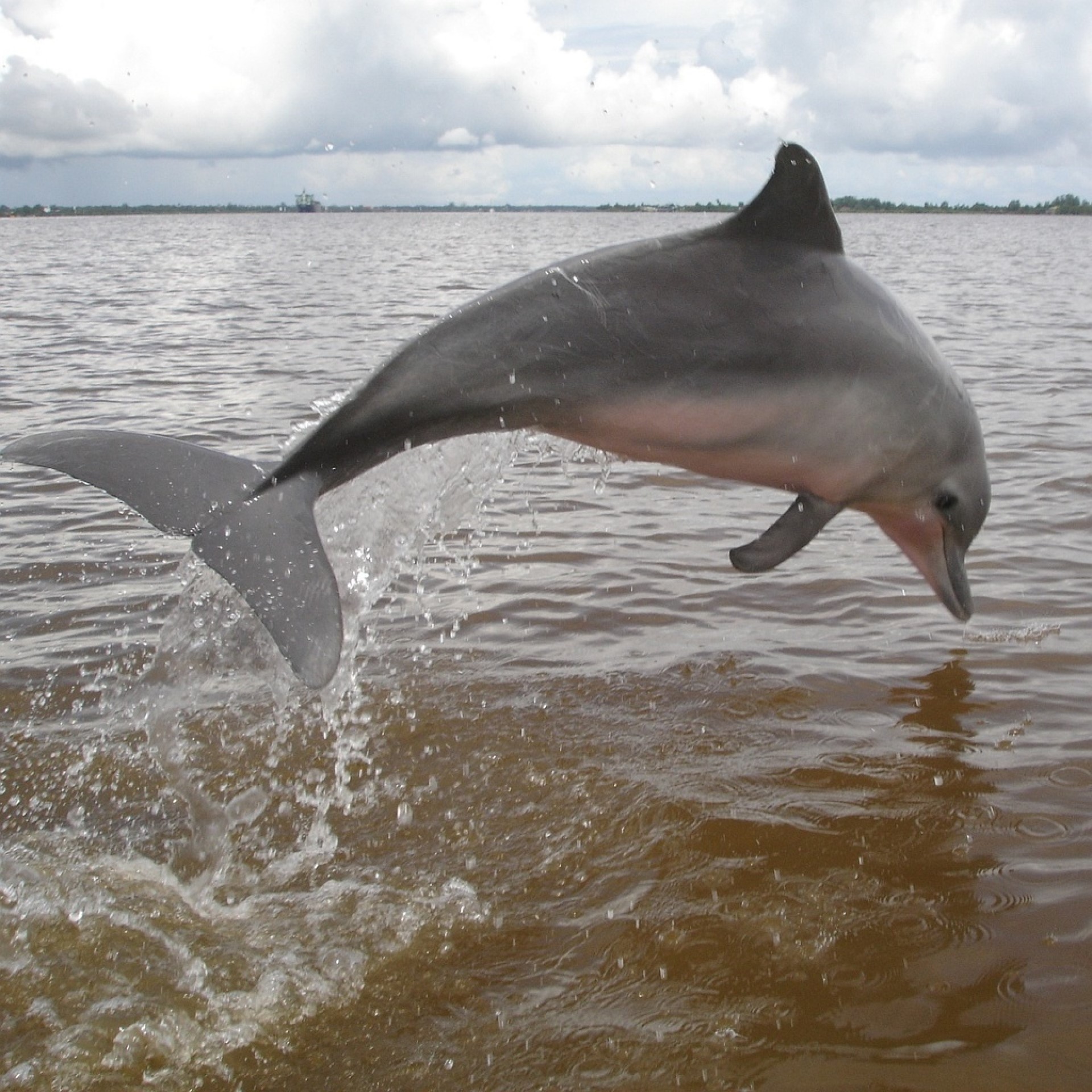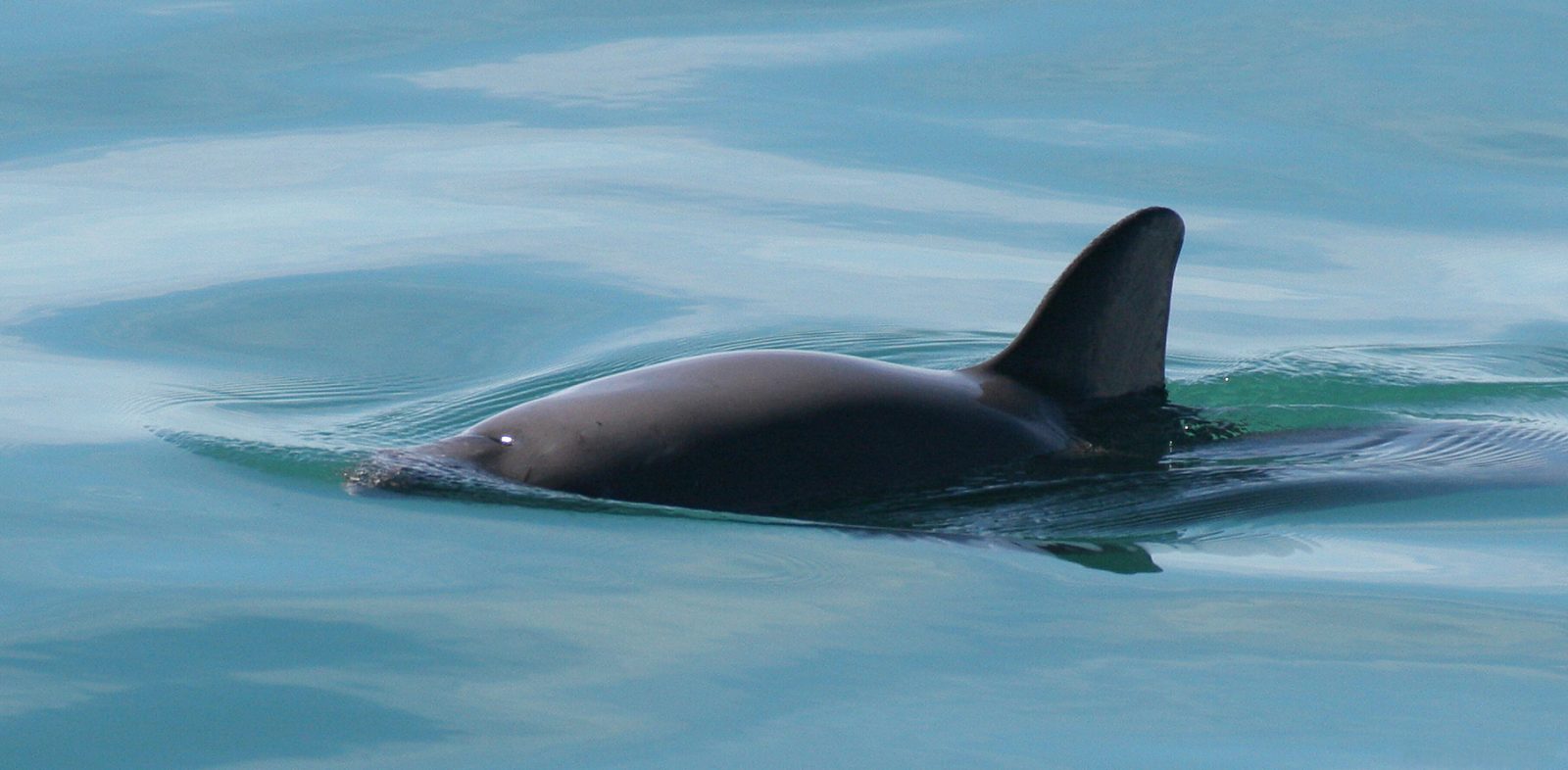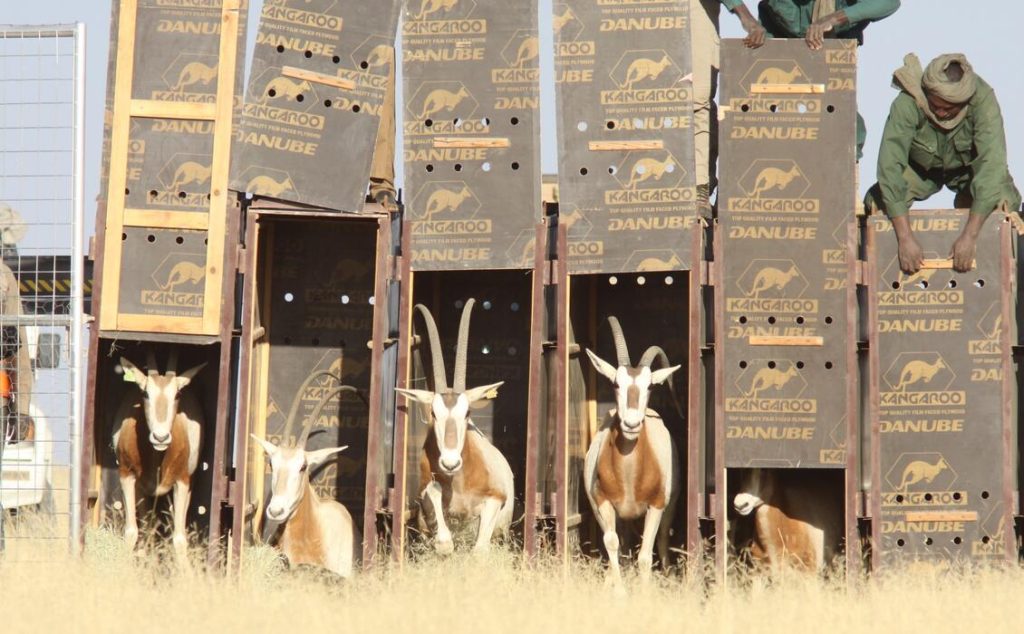
Declared extinct in the wild back in 2000, this species is now not only re-established in the wild, but has a big enough population to now only be listed as endangered (down from critically endangered).
Apart from supplying individuals for the reintroduction, Marwell zoo also helped with strategy.
The video below is just 2 minutes long. While it talks about Marwells other work as well, it shows a number of these animals living wild back in Africa.
This has got to become the reason for zoos. What ever else they do, there are many species at risk of extinction in the wild, these need to have enough captive individuals to re-establish wild populations, should the current conservation fail.
Of course, zoos have many other roles, from education, to fostering a love of wildlife in the next generation.
One thing that they should not be, is a curio house- many zoos are far to worried about displaying albino or melanistic individuals. Now while these individuals are fascinating and can be used as ambassadors for the species, their genetic health should be looked after (all white tigers are descended from one female, and closely related individuals are regularly bred togerther to ensure this trait is passed down. Indeed, as a result of this, white tigers are often not of good health.
The majority of zoos are now like Marwell – while like many, it started as the private zoo of wealthy owners it has turned into an important place of conservation and science. Another of their successes, is the cooperative breeding that occurs as standard in current times, across Europe. Regular loaning of animals is essential, so that we can treat all of the zoo animals in Europe as one single population, thereby making sure that all animals in the system are healthy.
There are many hundreds of zoos across Europe (some claim as many as 2000, though around 1500 is the estimated worldwide number suggesting that this is a rather large exaggeration. It is likely that around half of the worlds zoos are in Europe, and by cooperative breeding, we can make sure that healthy populations remain in captivity, so that should a population be lost from the wild, it can be returned, when the wild situation improves.
Almost all predictions about human population are expected to peak in the coming decades, and then decline after that. If this pattern is followed, it should be expected that we will need to re-establish wilderness in the future.
Scimitar-horned oryx have been returned to the wild in Tunisia, and Chad and there are plans to return them to the wild in Niger, in the near future.
Extinction was caused by a variety of features, but the primary one was over-hunting. This has virtually been eliminated, after a ban on hunting of this species was put into effect in 2013. Should this species be allowed to fully recover. In 1985, there was a population of at least 500 of this species living in the wild, so it took only 15 years for it to disappear, as such what is clearly essential is a regular assessment on how this species is faring, allowing earlier interventions.
Saving the natural world, may require this kind of success to be a regular feature.


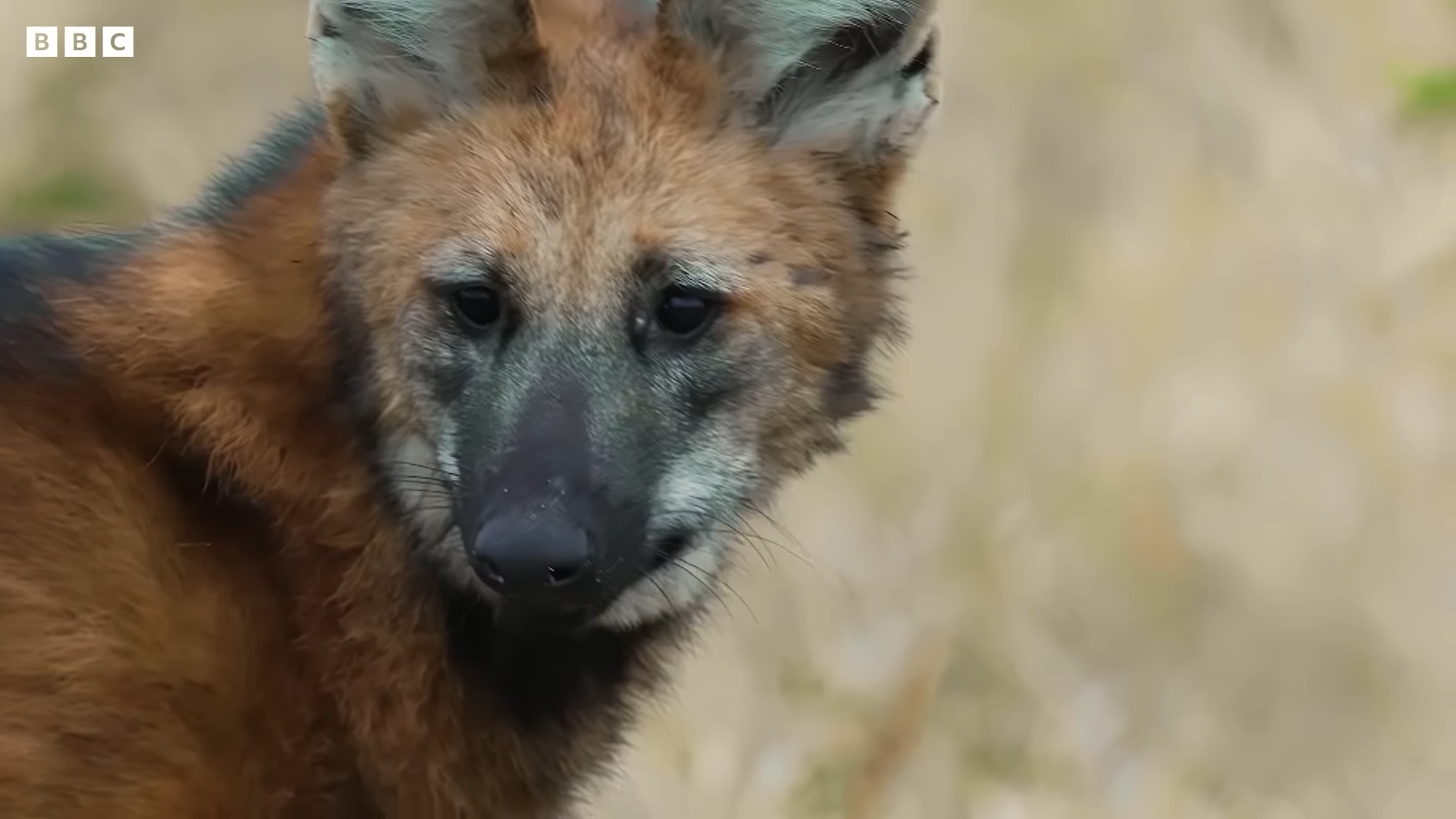

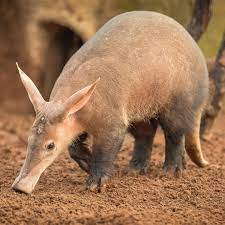
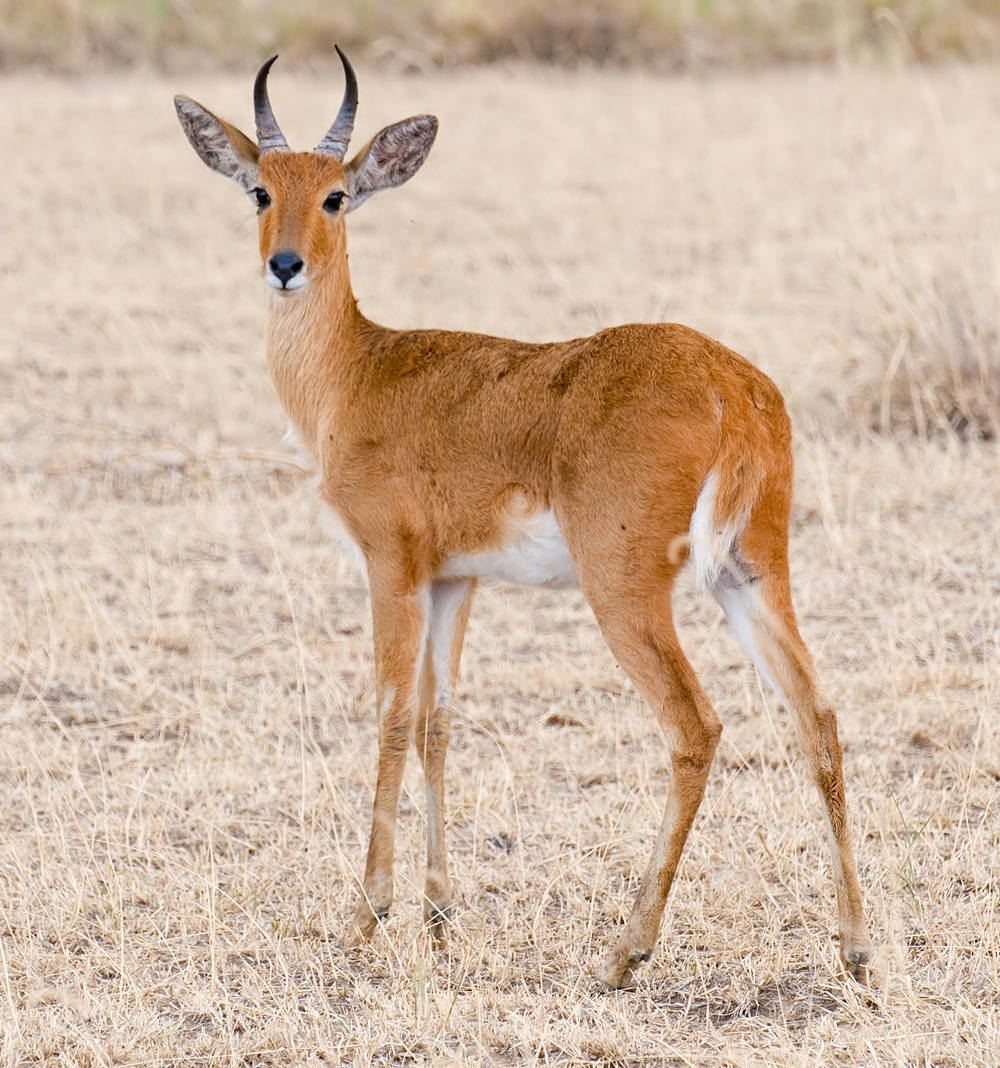

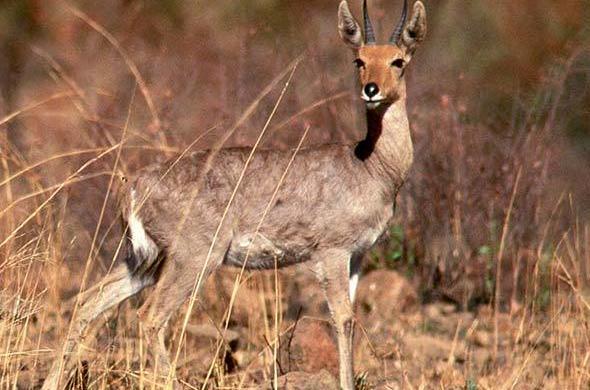
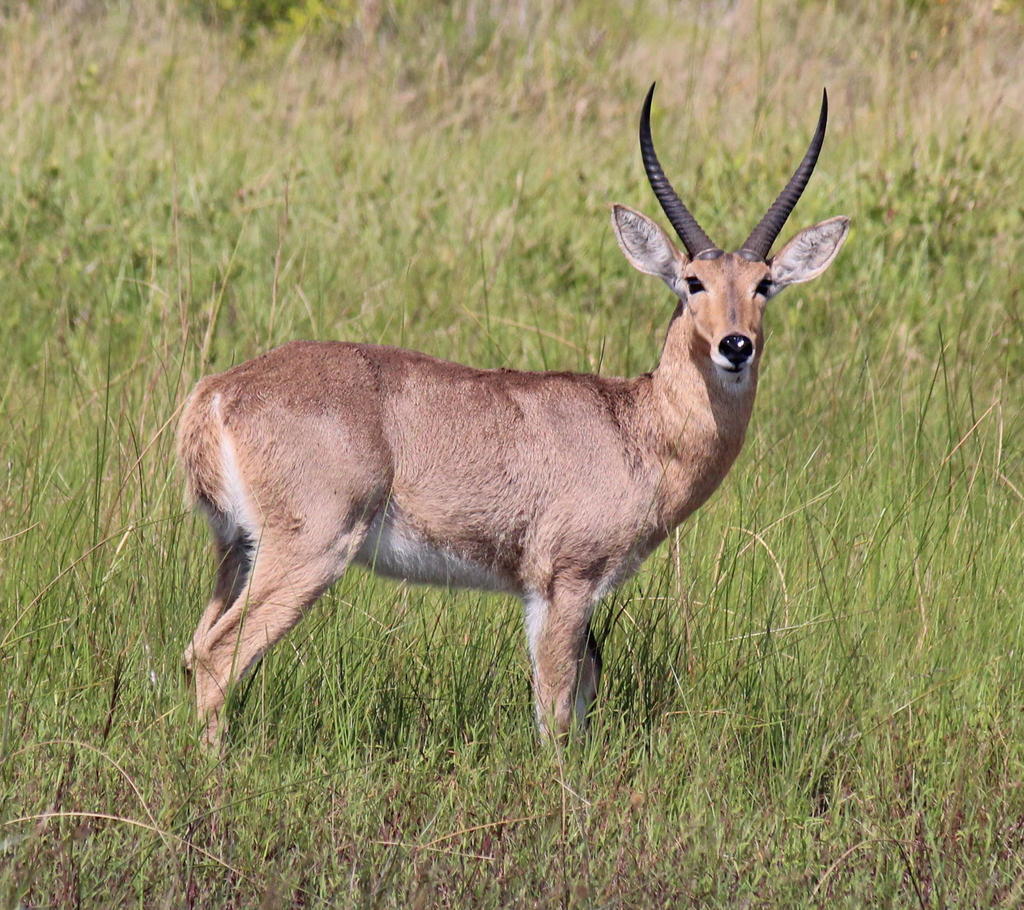
 Reedbuck is found in Southern Africa. It is a midsized
Reedbuck is found in Southern Africa. It is a midsized  are found in a band across Africa, including areas of Eastern, Central and Western Africa.
are found in a band across Africa, including areas of Eastern, Central and Western Africa.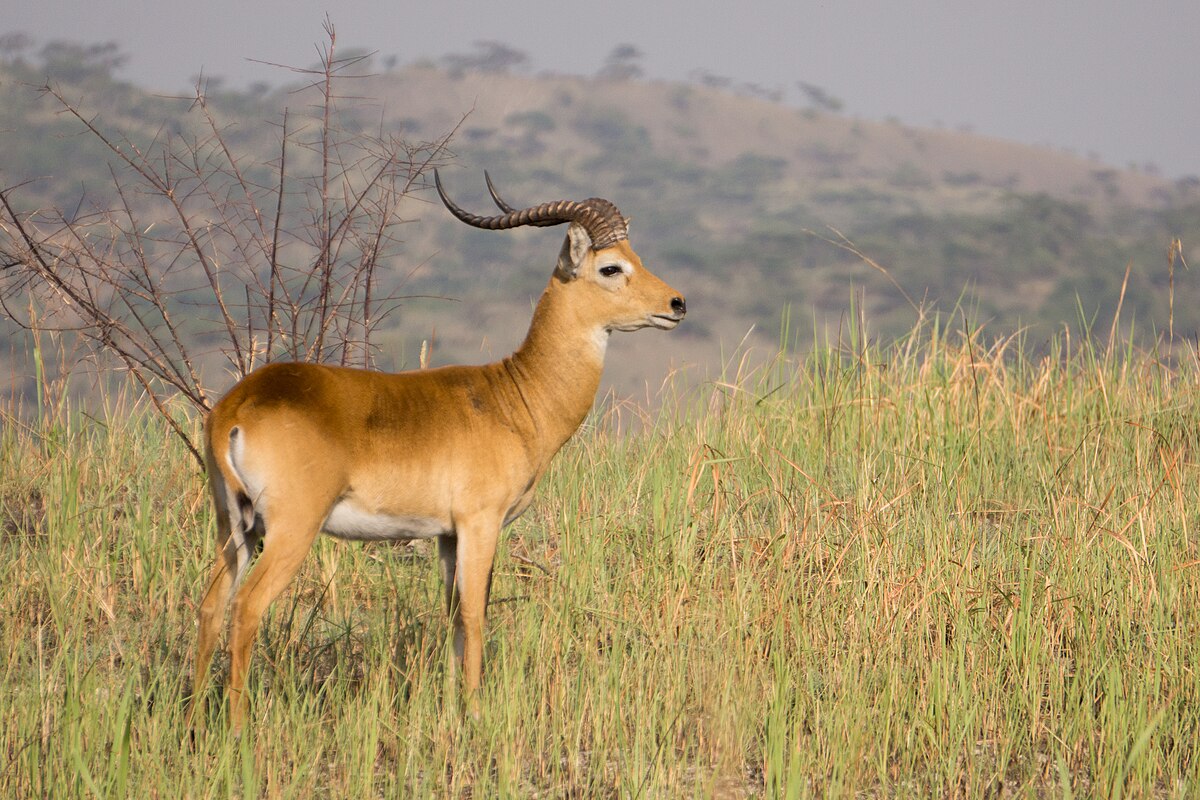
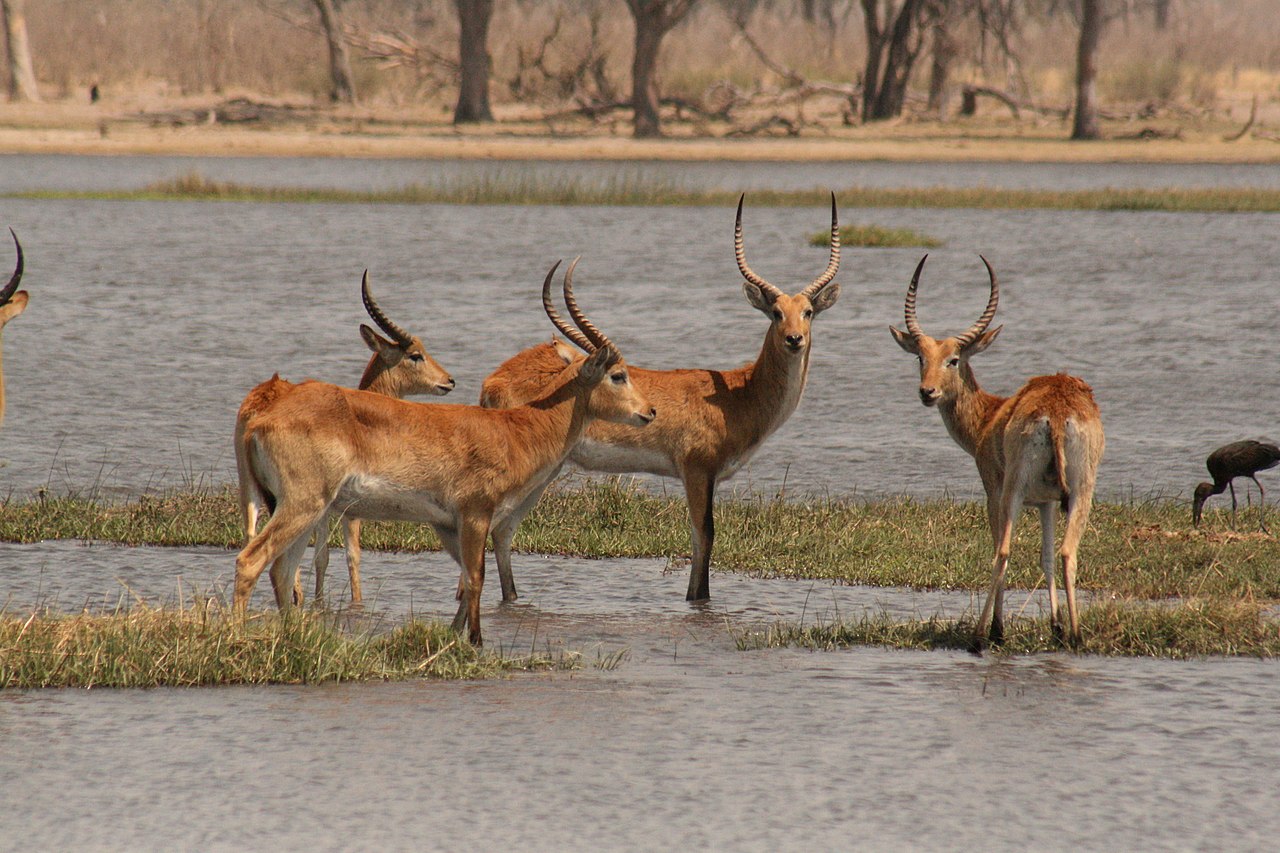
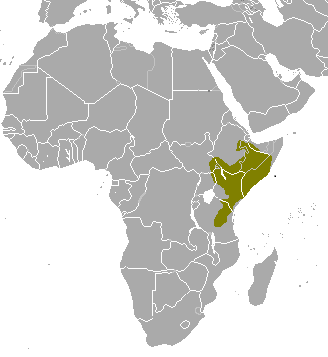
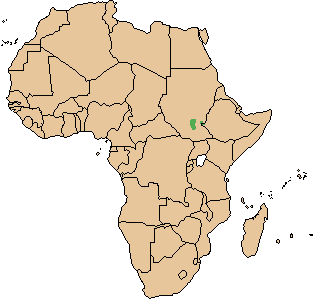 The Nile lechwe or Mrs Gray’s lechwe is an endangered species of antelope found in swamps and grasslands in South Sudan and Ethiopia.
The Nile lechwe or Mrs Gray’s lechwe is an endangered species of antelope found in swamps and grasslands in South Sudan and Ethiopia.